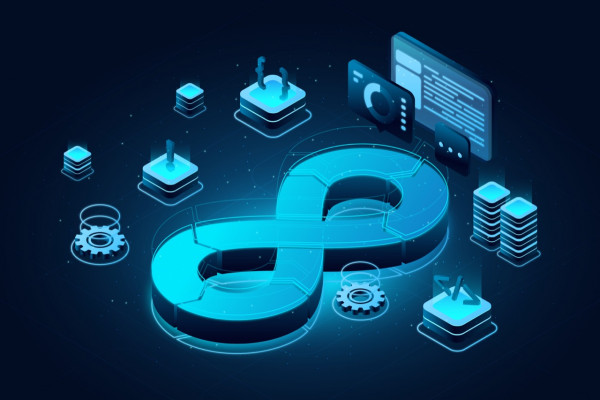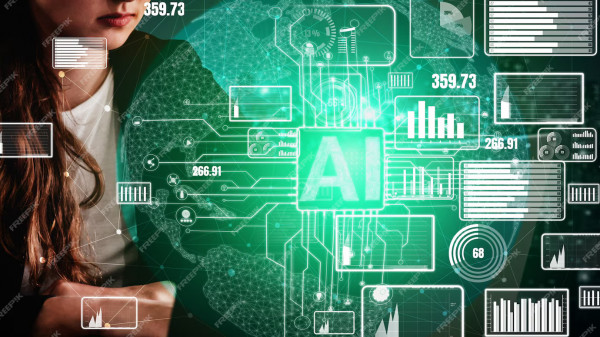Web 2.0 is the technological foundation of today’s Internet and the Web 3.0 is a third version of the internet. For businesses, current Web 3.0 technologies and solutions are no substitute for Web 2.0 components. Web 3.0 relies on blockchain technology, design, and to deliver decentralisation for personalised and better user-experience.This new evolution of the internet is focused on enabling “decentralised architecture and protocol”.
Enterprises continue to use Web 2.0 for the majority of their applications. There will be certain applications whose design criteria are better aligned with Web 3.0, because of the underlying decentralised attributes of blockchain technology. The latest upcoming business models, new differentiating and breakthrough features will leverage Web 3.0 technologies.
Web 3.0 enables peer-to-peer interaction
Web 3.0 is a term popularised by Gavin Wood, co-founder of Ethereum. In the Web 2.0 world, the large technology platform companies own all the user data, user repositories, content, and algorithms that serve user data to drive ongoing engagement. These organisations also drive monetisation through targeted advertising and other advisory services.
In the Web 3.0 world, this centralisation is intended to end. Users own their own data, content, insights, algorithms, and control over blockchain protocols. Here, users participate as “shareholders” by owning the protocols, tokens or cryptocurrencies. If implemented and realised according to current promises, Web 3.0 will have a much deeper impact and significantly change business models. Users will have greater control over their data and transactions.
Web 3.0 ecosystem

The Web 3.0 ecosystem fosters innovations in the emerging fields.Its designed to address common and potentially problems inherent in today’s internet ecosystem. Several platform companies named Polygon Technology, Alchemy, are updating the backbone of services that are needed to make the new Web 3.0 companies successful.
How is web 3.0 being used in today’s world?
Web 3.0 transforms user experience by directly engaging with them. Today, various companies are innovating with web 3.0 tools to deliver secure and user-centric services.
- Internxt, a Web 3.0 startup, provides a new alternative to Google Drive with Web 3.0 technology based on blockchain. It has zoomed quickly in terms of user adoption and market valuation.
- 3founders is a web 3.0 startup studio purely focused on partnering with entrepreneurs to launch Web 3.0 startups with use cases for industries.
- DeFi protocols such as Aave and MakerDAO provide users with lending and borrowing services by using smart contracts.
- Uniswap created a value exchange to trade almost anything like Etsy, Alibaba, and Amazon Marketplace.
- Toucan.earth provides the infrastructure to bring programmable carbon to web 3.0 to take full advantage of a regenerative economy.
- Content creators are selling their work using Non-Fungible Tokens (NFTs) smart contracts, which are based on the terms and conditions set by artists and eliminate all the intermediaries.
- Societe Generale raised a US$20 million loan from DeFi protocol MakerDao, using tokenized bonds as collateral, with the promise of higher yields on its legacy assets.
- African Crypto Startup (Axie Infinity) is building the equivalent of WeChat using Web 3.0 technology and has already received US$30 million in funding. Africa is the third fastest-growing cryptocurrency economy.
Impact of web 3.0 on enterprise thought process
CXOs are getting ready to reorient their business models to leverage the possibilities of a metaverse with opportunities stemming from the fusion of physical and virtual use cases. The business opportunities in the metaverse are linked to the implementation and monetisation of the Non-Fungible Tokens (NFTs). Customers will follow different pathways of leveraging Web 3.0. Those who want to be the early disruptors would brainstorm and ideate upon a Web 3.0 & meta business innovation and maturity model. Customers will plan on a framework that prioritises business objectives with a return on investment and emphasises staying ahead of the competition with elevated positioning.
Web 2.0 is not going anywhere and centralised control, governance, data management and algorithms for enterprise B2B and B2C use cases are going to stick around for at least a decade. There will be a continuous tug of war for the desire of users to gain control over their data and also to aspire for a similar or higher degree of experience from centralised platforms.
Cybersecurity is an unknown territory for Web 3.0 and metaverse. There are more than 10 Decentralised Finance (DeFi) attack patterns that are being regularly exploited and it is one of the major concerns for success in the Web 3.0 world, where the accountability and ownership of security is not the primary responsibility of a central player. In the current Web 2.0 world, technology platforms and cyber nonprofit communities have tried hard to establish cyber standards and continuously improve cyber posture management. In the Web 3.0 world, while there is an advantage of trustless computing and decentralised control, cyber security is the area that might require a balance between decentralisation and centralisation. With the lack of the correct design of the decentralised model, there could be major catastrophic events that can undermine the entire Web 3.0 promise and strengthen the construction of a hybrid Web 2.5 which would still bring back the governance and centralised model with some of the Web 3.0 capabilities.
STL Digital and Web 3.0
STL Digital has strong capabilities in network innovation. It has serviced customers by providing the backbone for metaverse-related innovations. STL Digital has a good understanding of the attributes and the non-functional requirements of Web 3.0 and industry metaverse use cases. We have formed an integrated Web 3.0 & Blockchain Centre of Excellence called “STL Digital Web3 Block & STL Digital Web3 Meta”. STL Digital will enable customers to adopt new Web 3.0 technologies to disrupt their own industry business models, and learn from industry adjacencies. We provide blockchain engineering services and implement decentralised peer-to-peer industry applications under the foundational services constituted under Web3 Block.
Conclusion
Every industry will deploy a combination of Web 2.0 and Web 3.0 applications for the right balance that accomplishes their business goals and allows users to control their own data, and privacy, and also provides control over algorithms.



